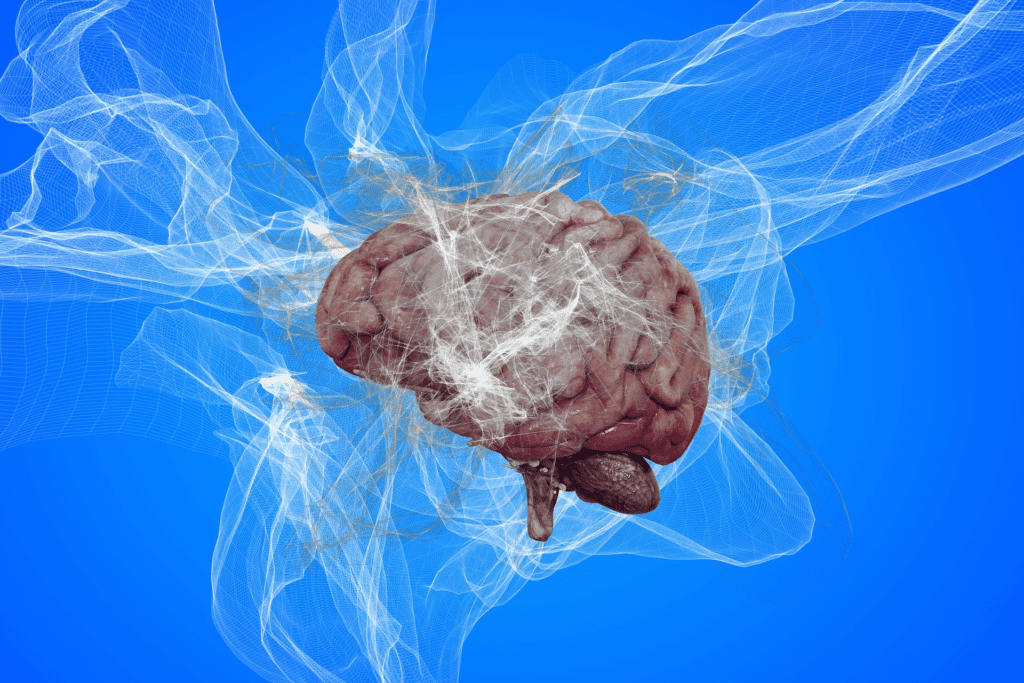Panic attacks and anxiety attacks are two terms that are often used interchangeably, but they are two distinct experiences with different causes, symptoms, and treatment approaches. Understanding the differences between these two conditions is important because it can help individuals better manage their symptoms and seek appropriate treatment.
Table of Contents
ToggleIn this article, we will explore the differences between panic attacks and anxiety attacks, as well as their signs and symptoms, and possible causes behind them. By understanding these differences, individuals can gain a better understanding of their own experiences and take steps toward managing their symptoms and improving their quality of life.

Difference between Panic Attack and Anxiety Attack
While panic attacks and anxiety attacks share some similarities, there are several key differences between them. Panic attacks are often characterized by sudden and intense feelings of fear or dread that occur without warning. These feelings are usually accompanied by physical symptoms such as chest pain, shortness of breath, dizziness, and shaking. Panic attacks are typically brief and can last anywhere from a few minutes to an hour.
In contrast, anxiety attacks usually involve a more gradual buildup of fear and worry. These attacks are often triggered by specific situations or events, such as social interactions, work-related stress, or financial concerns. Unlike panic attacks, anxiety attacks tend to last longer and may persist for several hours or even days.
Another difference between panic attacks and anxiety attacks is the intensity of the symptoms. Panic attacks are typically more severe and sudden than anxiety attacks, with symptoms that can be overwhelming and incapacitating. Anxiety attacks, on the other hand, are often less severe and may be more manageable.
Overall, while both panic attacks and anxiety attacks can be distressing and debilitating, they differ in terms of their duration, triggers, and intensity of symptoms. Understanding these differences can help individuals identify and manage their symptoms more effectively.
Symptoms of Panic and Anxiety Attack
The symptoms of panic attacks and anxiety attacks can be similar, but they are experienced in different ways. A panic attack typically involves intense physical sensations, including a rapid heartbeat, chest pain, sweating, trembling, and shortness of breath. Individuals may also experience a sense of impending doom or loss of control. In contrast, anxiety attacks are typically marked by a more diffuse sense of unease or worry, as well as physical symptoms such as muscle tension, headaches, and stomach upset.
Panic Attack Symptoms
The symptoms of a panic attack can be strong and terrifying. Some common physical symptoms include:
- Rapid heartbeat
- Sweating
- Trembling or shaking
- Shortness of breath
- Chest pain or discomfort
- Nausea or abdominal distress
- Feeling dizzy or lightheaded
- Hot flashes or chills
- Numbness or tingling sensations
- Feeling detached from oneself or reality
In addition to these physical symptoms, individuals may also experience psychological symptoms, such as fear of losing control, fear of dying, or a sense of unreality.
Anxiety Attack Symptoms
Anxiety attacks, also known as generalized anxiety disorder, can cause a range of physical and psychological symptoms. Some common physical symptoms include:
- Muscle tension or stiffness
- Headaches
- Stomach upset or nausea
- Sweating
- Rapid heartbeat
- Shortness of breath
- Fatigue or exhaustion
- Insomnia or difficulty sleeping
Psychological symptoms may include feelings of restlessness or irritability, worry or fear, difficulty concentrating or relaxing, and a sense of impending danger or doom.
Causes of Panic Attack and Anxiety Attack
The causes of panic attacks and anxiety attacks are complex and may involve a combination of biological, psychological, and environmental factors. Panic attacks may be triggered by stress, trauma, or certain medications, while anxiety attacks may be triggered by specific situations or events. Additionally, individuals with a family history of anxiety or depression may be more likely to experience panic attacks or anxiety attacks.
Causes of Panic Attack
The causes of panic attacks can be complex and may vary from person to person. While some individuals may experience panic attacks as a result of specific triggers, such as a phobia or a traumatic event, others may experience them without any apparent cause. In this section, we will explore some of the possible causes of panic attacks, including biological, psychological, and environmental factors.
- Family history of anxiety or panic disorder
- Chronic stress
- Trauma or abuse
- Certain medications or substances
- Major life changes or transitions
- Physical illness or injury
- Panic disorder or agoraphobia
Causes of Anxiety Attack
Anxiety attacks can also have a range of causes, including biological, psychological, and environmental factors. These attacks are often triggered by specific situations or events, such as social interactions or work-related stress, but they can also occur without any apparent cause. In this section, we will explore some of the possible causes of anxiety attacks and how they can impact an individual’s mental and physical health.
- Chronic stress
- Trauma or abuse
- Family history of anxiety or depression
- Certain medical conditions or medications
- Substance abuse or withdrawal
- Major life changes or transitions
- Phobias or social anxiety disorder
Conclusion
In conclusion, panic attacks and anxiety attacks are two different conditions that require different treatment approaches. Panic attacks are characterized by sudden and intense fear accompanied by physical symptoms, while anxiety attacks involve a more gradual buildup of fear and worry. Both conditions can be debilitating and have a significant impact on an individual’s quality of life.
Understanding the signs and symptoms of panic attacks and anxiety attacks, as well as their possible causes, can help individuals seek appropriate treatment and better manage their symptoms. If you or someone you know is experiencing panic attacks or anxiety attacks, it is important to seek the help of a healthcare professional. With proper treatment, individuals can effectively manage their symptoms and improve their overall well-being.
References
https://www.nimh.nih.gov/health/publications/panic-disorder-when-fear-overwhelms
https://www.nimh.nih.gov/health/topics/anxiety-disorders
https://www.mayoclinic.org/diseases-conditions/panic-attacks/symptoms-causes/syc-20376021
https://www.ncbi.nlm.nih.gov/books/NBK470361/
https://www.mind.org.uk/information-support/types-of-mental-health-problems/anxiety-and-panic-attacks/causes/#:~:text=Difficult%20experiences%20in%20childhood%2C%20adolescence,physical%20or%20emotional%20abuse




